Snowfeet Skiblades are compact, easy-to-use mini-skis that combine skiing and skating for a unique winter sport experience. While they’re fun and highly maneuverable, safety is key. Here’s a quick guide to staying safe on the slopes:
- Wear a Helmet: Protect yourself, especially as a beginner.
- Check Your Gear: Ensure boots fit well, bindings are secure, and straps are in good condition.
- Follow Right-of-Way Rules: Yield to downhill skiers, check uphill before merging, and avoid blocking trails.
- Match Slopes to Your Skill Level: Start on beginner slopes to master stopping and turning.
- Control Your Speed: Practice stopping and adjust your riding to snow conditions.
- Stay Visible: Wear bright colors and avoid sudden movements.
- Use Ski Lifts Properly: Notify operators about your skiblades for smoother lift use.
- Keep Distance: Maintain safe spacing to avoid collisions.
- Inspect Equipment Daily: Check bindings, blades, and straps for wear and damage.
- Follow Resort Rules: Respect posted guidelines and communicate about your gear.
Quick Comparison
Snowfeet Skiblades offer better portability and control compared to traditional skis, making them ideal for beginners and freestyle riders. However, they require extra caution due to their speed and sharp turns.
| Feature | Snowfeet Skiblades | Traditional Skis |
|---|---|---|
| Length | 38–99 cm | 150–195 cm |
| Boot Requirements | Regular winter/snowboard boots | Specialized ski boots |
| Portability | Fits in a backpack | Needs dedicated storage |
| Turn Radius | Tighter turns | Wider turning arc |
| Terrain Adaptability | Works on varied snow | Best on groomed runs |
Start slow, stay safe, and enjoy the ride with Snowfeet Skiblades!
Are Ski Blades Dangerous? - The Winter Sport Xpert
1. Wear a Helmet
Always wear a helmet when using Snowfeet Skiblades. These skiblades allow for quick speeds and sharp turns, which can lead to falls - especially if you're a beginner. Stick to gentle slopes at first to get comfortable with stopping and turning. This simple step is key to staying safe.
As experienced rider Israel Oast puts it:
Recommendations to anyone trying these for the first time, don't forget a helmet, and just tell any people on the lifts there are blades at the bottom [1]
2. Check Your Boots and Gear
Before using Snowfeet Skiblades, make sure your boots and gear are ready to go. These skiblades work with winter shoes, snowboard boots, or ski boots.
Boot Selection
Here’s a breakdown of the three types of footwear you can use:
| Boot Type | Key Features | Best For |
|---|---|---|
| Winter Boots | Comfortable for walking and everyday use | Beginners and casual riders |
| Snowboard Boots | Flexible and comfortable, ideal for tricks | Freestyle and all-mountain rides |
| Ski Boots | Secure fit for aggressive, high-speed riding | Advanced carving and fast rides |
"Snowboard bindings give you more flexibility while performing all kinds of tricks, they're super comfortable and you can walk with them anywhere without a problem, which makes the ski trip much more pleasant experience." [1] – Snowfeetstore.com
Gear Checks
Double-check your gear to stay safe and get the best performance. Focus on these areas:
- Boot Compatibility: Use waterproof footwear that provides solid ankle support.
- Binding Security: Ensure bindings match your boot size and are securely fastened.
- Surface Grip: Confirm the anti-slip surface is in good condition.
- Strap Condition: Look for any wear or damage on the binding straps.
"Just attach Snowfeet to any winter shoes or snowboard boots. We recommend waterproof shoes that fix your ankle firmly." [2] – Snowfeetstore.com
For Ski Boots
If you prefer ski boots for a faster, more aggressive ride:
"However if you're used to wearing your ski boots and love the fast aggressive ride, go for the ski bindings." [3] – Snowfeetstore.com
3. Know Who Has Right of Way
Understanding right-of-way rules is key to avoiding accidents on the slopes. These guidelines, which also apply to traditional skiing, help keep everyone safer on the trails.
Downhill Priority Rule
The skier in front of you always has the right of way. Since they can't see you coming, it's your job to keep a safe distance.
Merging and Intersections
When entering a trail or crossing an intersection, always look uphill, yield to skiers coming from above, and proceed only when the path is clear.
Stopping Locations
Only stop when you are:
- Clearly visible to skiers above
- Not blocking the trail
- In a position to rejoin the trail safely
Additional Scenarios
| Scenario | Right of Way | Reason |
|---|---|---|
| Uphill vs. Downhill | Downhill skier | Uphill skiers have limited visibility |
| Merging Trails | Skiers already on trail | Priority goes to those already skiing |
| Slow Zones | Slower skiers | These areas are often for learning |
| Lift Lines | Skiers in line | Resorts follow a queue system |
Overtaking Guidelines
When passing another skier:
- Announce your presence
- Leave at least 6 feet (2 yards) of space
- Pass predictably and with plenty of room
- Avoid overtaking in narrow sections of the trail
Beginners can make unexpected moves, so give them extra room. Skiblades make it easy to adjust your path, so use that advantage to maintain safe distances.
Emergency Vehicles
Always yield to ski patrol, emergency sleds, snowmobiles, and other resort vehicles. These need clear access at all times.
4. Match Slopes to Your Skills
Choosing terrain that matches your skill level is just as important as having the right gear and following trail etiquette. These devices are designed to make learning easier, and starting on beginner-friendly slopes can help you gain confidence while staying safe.
Kick off your Snowfeet experience on groomed bunny slopes. These areas provide controlled conditions that are perfect for practicing and building your skills. For beginners, the first day is all about mastering stopping techniques on these gentle slopes. Keep in mind that waxing can increase speed significantly, so starting on easier terrain ensures a safer learning curve.
Success Stories
Ally from Indy, an experienced snowboarder, shared:
I stayed on the bunny in Keystone and quickly got comfortable in them. [1]
KB, a beginner skier from Big Bear, CA, also found Snowfeet easier to use than traditional skis [1].
Snowfeet work best on groomed snow, offering a great way to develop your skills step by step while maintaining control and confidence.
5. Keep Speed Under Control
Control your speed: Snowfeet's compact build offers a quick, responsive ride, especially after waxing. Start on easy slopes to build your confidence and control.
How Speed Works with Snowfeet
Thanks to their small size, Snowfeet allow for quick stops. As experienced rider Israel Oast shares:
"THESE THINGS GO FAST! Especially when you wax them! So don't hesitate or be worried about starting on the bunny slopes." [1]
Tips for Managing Speed
Here’s how to improve your speed control:
-
Start with Simple Stops
Spend time practicing stops on beginner-friendly slopes. Focusing on this during your first outings will help you feel more in control before moving on to steeper areas. -
Pay Attention to Conditions
Waxing and snow type can change how fast you go. Snowfeet respond quickly to surface changes, so adjust your riding style to match the conditions. -
Use Poles for Stability
Poles can help you maintain balance and control, especially when dealing with uneven or rough snow.
Getting comfortable with speed control will let you enjoy a wider range of slopes safely.
6. Stay Visible to Others
Once you've adjusted your speed and chosen the right terrain, making yourself easy to spot is crucial for avoiding accidents. The compact size of some gear can make it harder for others to see you, so taking steps to stand out is essential.
Wear Bright, Eye-Catching Colors
Opt for clothing in vibrant, contrasting colors that pop against the snow. Fluorescent yellows, oranges, and bright reds work well. Dark colors like black or navy might make you blend in, especially in low light or during heavy snowfall.
Stick to Predictable Movements
Help others anticipate your path by being predictable. Signal your turns, avoid sudden direction changes, always check uphill before merging, and maintain a steady pace when you're in crowded areas.
Extra Visibility Tips
Want to stand out even more? Try these:
- Add reflective strips to your jacket or pants.
- Use a brightly colored helmet.
- Attach reflective tape or use grips in bold colors on your poles.
sbb-itb-17ade95
7. Use Ski Lifts Properly
Snowfeet Skiblades make getting on ski lifts easier. Be sure to let lift operators know you're using Snowfeet Skiblades.
They glide effortlessly through the ski lift line! [1]
This simple step helps ensure smooth and organized lift operations on the slopes.
8. Keep Space Between Skiers
Safe spacing is just as important as speed control and yielding the right of way. Even though Snowfeet are compact, keeping enough distance between riders is essential for everyone’s safety on the slopes.
Here’s a general guideline for spacing:
- Beginner slopes: Keep at least 30 feet between you and the skier ahead.
- Intermediate runs: Aim for 40-50 feet of space.
- Advanced terrain: Maintain 50-60 feet, or even more on steeper, more challenging slopes.
A good rule of thumb is to ensure you can count to 10 before reaching the same point as the skier in front of you. Avoid skiing directly behind someone; instead, position yourself slightly to their left or right. This gives you a better view of what’s ahead and reduces the risk of collisions.
When stopping, always check uphill first and pick a spot where you’re clearly visible. Never stop just below a ridge or jump, as this could lead to accidents with skiers coming from above.
While Snowfeet allow for quick, sharp turns, following too closely can still be dangerous. Keep plenty of space between yourself and others to ensure a safer experience for everyone. These habits, combined with regular equipment checks, help make the slopes more enjoyable and secure.
9. Check Your Equipment Daily
Keeping your Snowfeet Skiblades in top shape starts with daily inspections. Just like maintaining safe distances and controlling your speed, checking your equipment every day is key to avoiding unexpected issues on the slopes.
Here’s what to look for during your daily check:
Binding System
- Test the binding mechanism and quick-release system to ensure they work smoothly.
- Inspect the straps for secure fastening and check for any fraying.
- Verify that all mounting points are tight and secure.
Blade Condition
- Look for any nicks or damage on the edges.
- Check for wear patterns that might affect performance.
- Inspect the base for scratches or gouges.
- Ensure the metal edges are firmly attached and free of rust.
Moving Parts
- Remove any debris and confirm all moving parts operate without issues.
- Pay attention to unusual noises during movement.
- Keep components properly lubricated to ensure smooth operation.
Quick Reference Table
| Area to Check | What to Look For | Action Needed |
|---|---|---|
| Binding Straps | Tears, wear, or loose stitching | Replace if damaged |
| Edge Control | Dullness, rust, or damage | Sharpen or replace if needed |
| Base Surface | Deep scratches or core exposure | Repair or replace if severe |
| Mounting Hardware | Signs of wear or deterioration | Replace compromised hardware |
Pro Tip:
After each use, wipe down your Snowfeet and store them in a dry place to prevent rust.
For added peace of mind, have your Snowfeet serviced by a professional technician at least once a season. Proper maintenance not only enhances performance but also ensures your safety on the slopes. A quick inspection before each session can save you from equipment failure when it matters most.
10. Follow Resort Rules
Beyond personal safety and slope etiquette, it's crucial to stick to resort rules. Resorts may have specific policies for alternative equipment like Snowfeet Skiblades. Since staff might not be familiar with your gear, take the time to explain and communicate courteously. These rules help ensure smooth and safe experiences on the slopes.
Before heading out, check the resort's stance on non-traditional gear. Inform resort personnel about your Snowfeet Skiblades to avoid any confusion. As Israel Oast advises:
Recommendations to anyone trying these for the first time, don't forget a helmet, and just tell any people on the lifts there are blades at the bottom [1]
Common Resort Guidelines
| Area | Guidelines | Why It Matters |
|---|---|---|
| Lift Areas | Notify lift operators | Ensures safe lift use |
| Trail Access | Follow posted skill markers | Promotes safety |
| Equipment | Submit to safety checks | Meets resort standards |
Key Safety and Courtesy Tips
- Start on beginner slopes until you're confident stopping.
- Make sure your Snowfeet are visible to lift operators and other skiers.
- Always carry the required resort passes.
- Learn and follow the resort's emergency procedures.
- Keep your speed controlled, especially in crowded areas.
- Allow plenty of space for traditional skiers.
- Respect posted boundary markers.
- Be prepared to show that your equipment is being used properly.
Snowfeet vs Regular Skis: Key Differences
Design and control differences between Snowfeet Skiblades and traditional skis like Rossignol or Atomic impact both safety and performance.
Learning Curve and Control
Snowfeet Skiblades provide a unique learning experience. Kyle Meagher shares:
"I'm not the most coordinated guy in the world, but I got the hang of it after only 1 or 2 runs!!!" [1]
These skiblades are easier to master and offer better maneuverability, especially in crowded areas. This makes them a practical choice for those seeking an alternative to traditional skis.
Equipment Comparison
| Feature | Snowfeet Skiblades | Traditional Skis |
|---|---|---|
| Length | 38–99 cm | 150–195 cm |
| Storage | Fits in a backpack | Requires dedicated storage |
| Boot Requirements | Regular winter shoes/boots | Specialized ski boots |
| Transport Ease | Easily portable | Needs a ski bag or rack |
| Turn Radius | Tighter turns | Wider turning arc |
This table highlights how Snowfeet simplify transport and improve control over traditional skis.
Practical Advantages
G.S. highlights their convenience:
"They are very practical because they are small, making them easy to carry with you. They are also easy to put on and take off, and you can use them with regular shoes." [1]
Some benefits include:
- Quick equipment changes when needed
- Easier movement in lift lines
- Better control in beginner zones
- Lighter equipment for improved balance
Terrain Adaptability
Traditional skis shine on groomed runs, but Snowfeet handle varied snow conditions with ease. As the.bigwhite.wolf notes:
"The snowfeet are small and lightweight, so you can walk uphill with your normal snowshoes and when you reach the top, you get the snowfeet out of your backpack and you're ready to go! They will def be packed as standard equipment for our next winter holidays." [1]
This versatility makes Snowfeet a flexible option for winter adventures.
Conclusion
Mastering slope safety with Snowfeet Skiblades involves preparing your gear, using proper techniques, and staying aware of your surroundings. Their high speed makes it essential to start on gentle, groomed slopes. This approach ensures a safer and more enjoyable experience.
The compact design of skiblades offers better control, but basic safety measures - like wearing a helmet - are still necessary. As Snowfeetstore.com explains:
"Falling is generally much safer than falling with skis or snowboard. Most importantly don't forget that learning is effortless if you enjoy the ride." [1]
Jakub F highlights the convenience and comfort these skiblades bring:
"With these little skis, you feel much more agile, faster, and above all – comfortable. No buckles, no heavy boots – just strap in and go." [1]
FAQs
What are the top safety tips for beginners using Snowfeet Skiblades on the slopes?
When using Snowfeet Skiblades on the slopes, safety should always come first. Here are a few essential tips for beginners:
- Stay in control: Always ski at a speed where you can stop or avoid obstacles safely. Skiblades are highly maneuverable, so take advantage of their agility while staying cautious.
- Follow slope etiquette: Yield to downhill skiers and snowboarders, and look uphill before merging onto a trail or starting your run.
- Wear proper gear: While Snowfeet Skiblades can be used with regular winter shoes, make sure to wear a helmet, warm clothing, and gloves for added safety and comfort.
- Practice on beginner-friendly terrain: Start on gentle slopes to get used to the feel of skiblades before tackling steeper runs.
By following these tips, you can enjoy the versatility and fun of Snowfeet Skiblades while staying safe and avoiding collisions. Always be aware of your surroundings and respect others on the mountain.
How do Snowfeet Skiblades compare to traditional skis in terms of control and convenience?
Snowfeet Skiblades offer a unique combination of control, versatility, and portability that sets them apart from traditional skis. Their compact design makes them easy to maneuver, giving you greater control on the slopes, especially in tight spaces or when making quick turns.
Unlike traditional skis from brands like Rossignol or Atomic, which require bulky equipment and ski boots, Snowfeet Skiblades can be used with regular winter shoes, snowboard boots, or ski boots. This makes them incredibly lightweight and portable - perfect for those who want a hassle-free way to enjoy the snow without the need for heavy gear.
What kind of footwear works best with Snowfeet Skiblades for the best experience?
For the best performance with Snowfeet Skiblades, it's recommended to use regular winter shoes, snowboard boots, or ski boots. These options provide the right combination of comfort, stability, and control, allowing you to fully enjoy your time on the slopes.
Choose footwear that fits securely and offers good ankle support to ensure a safe and enjoyable experience.




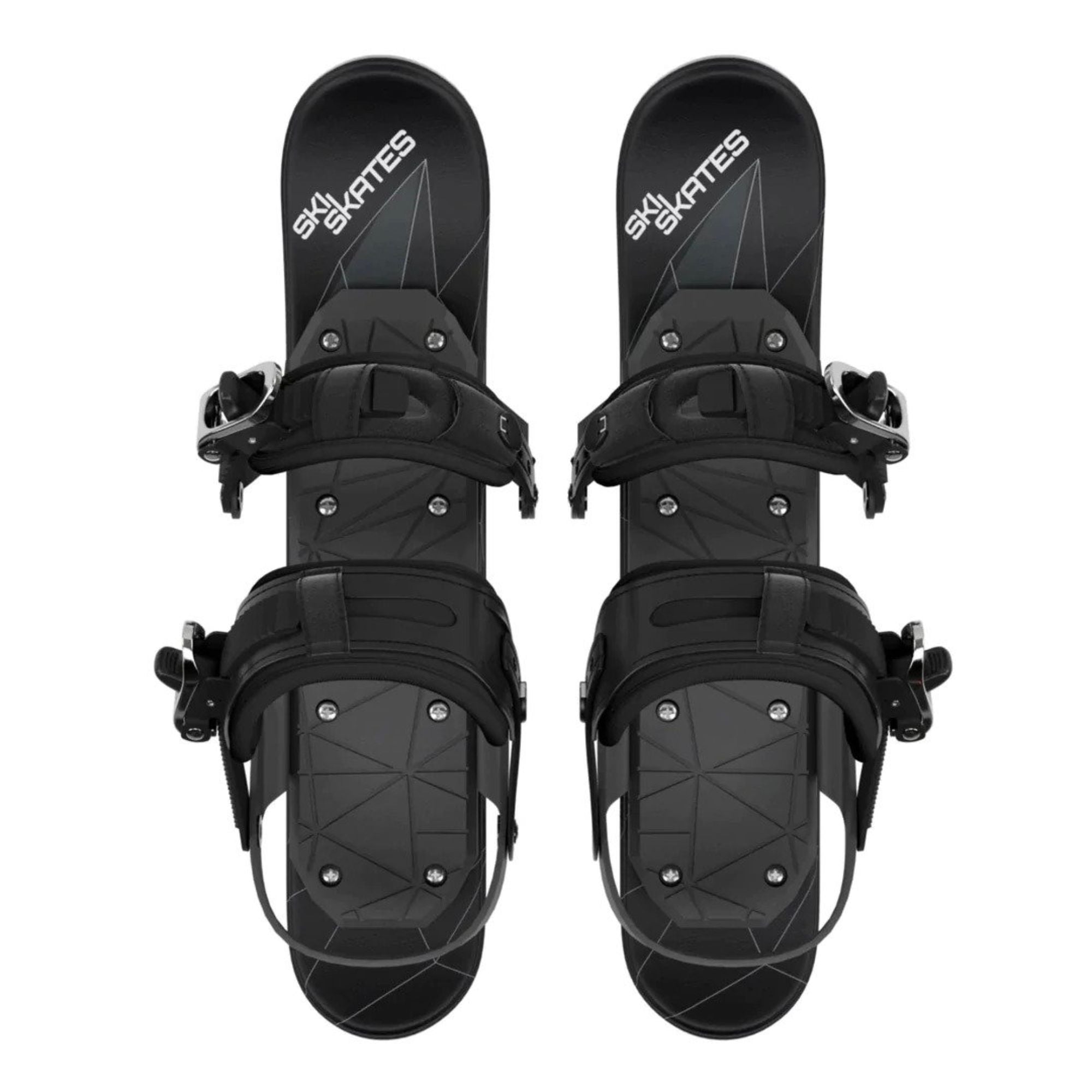
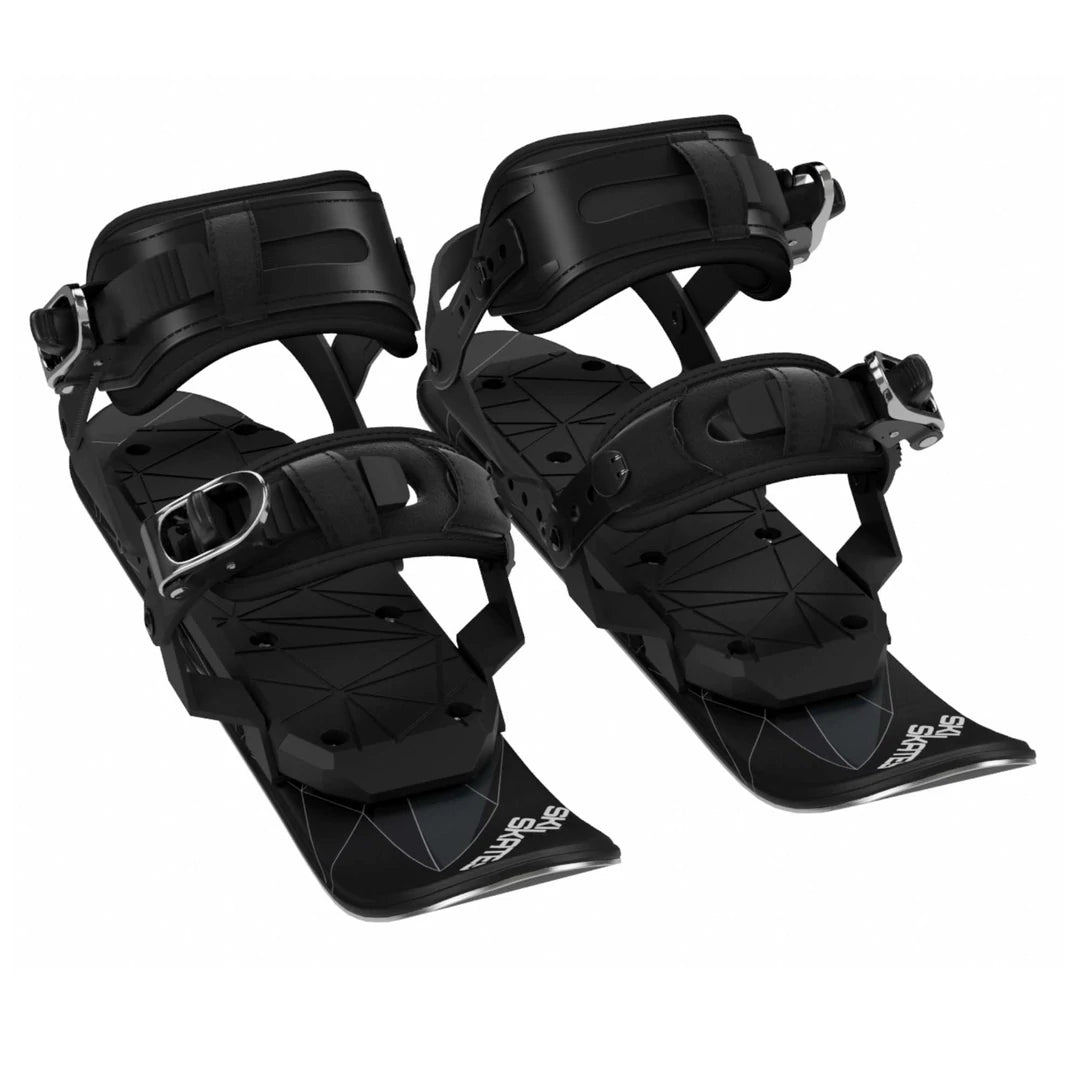
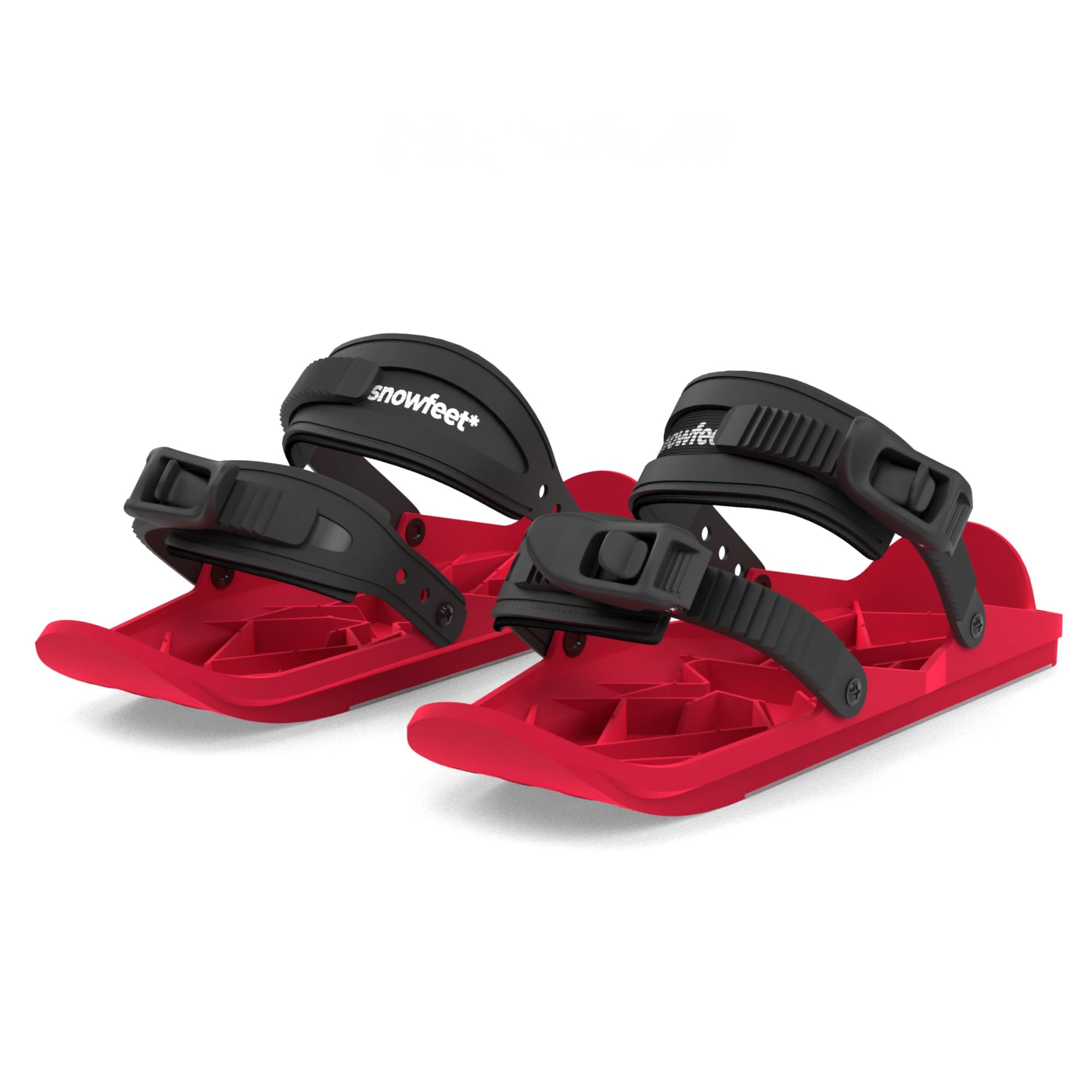





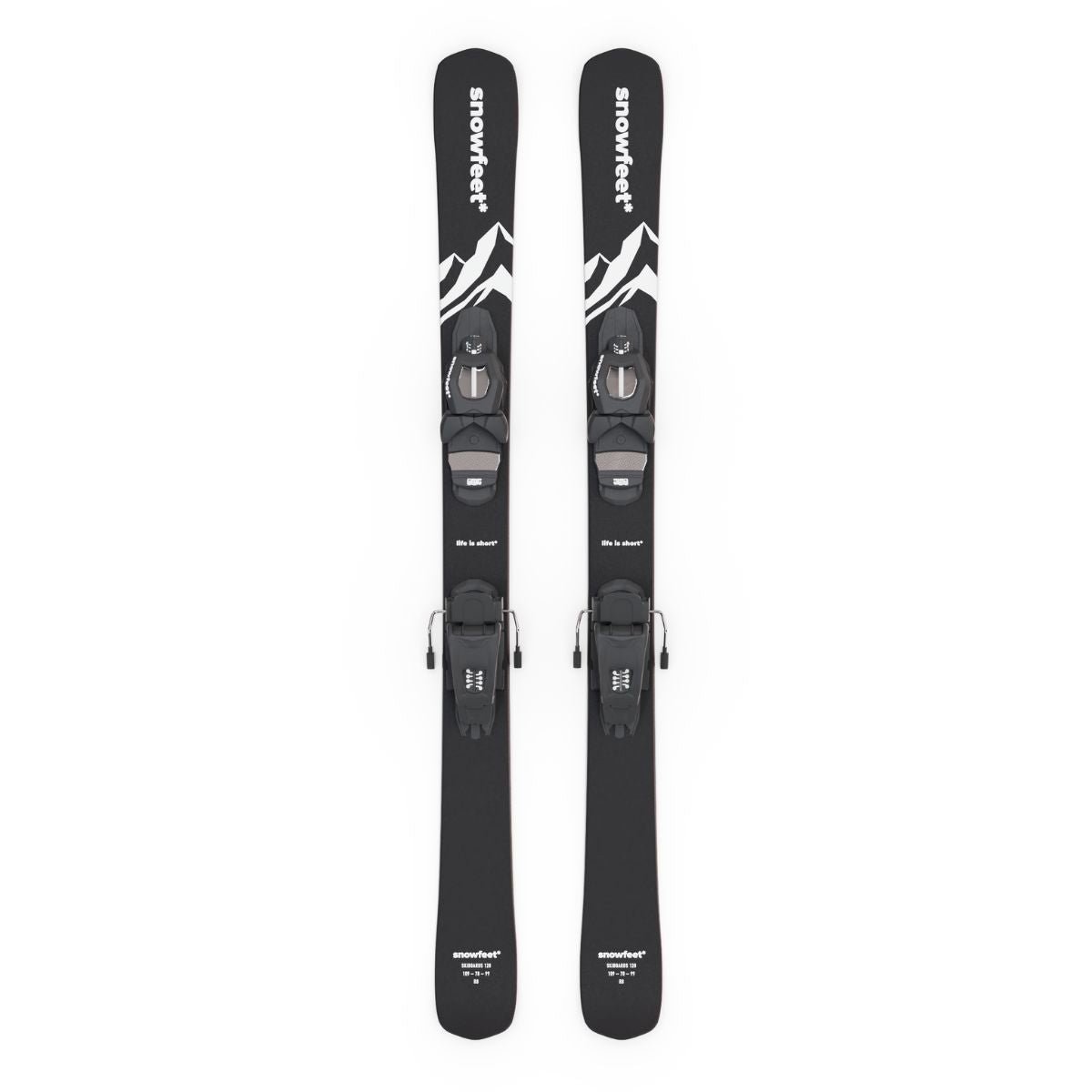
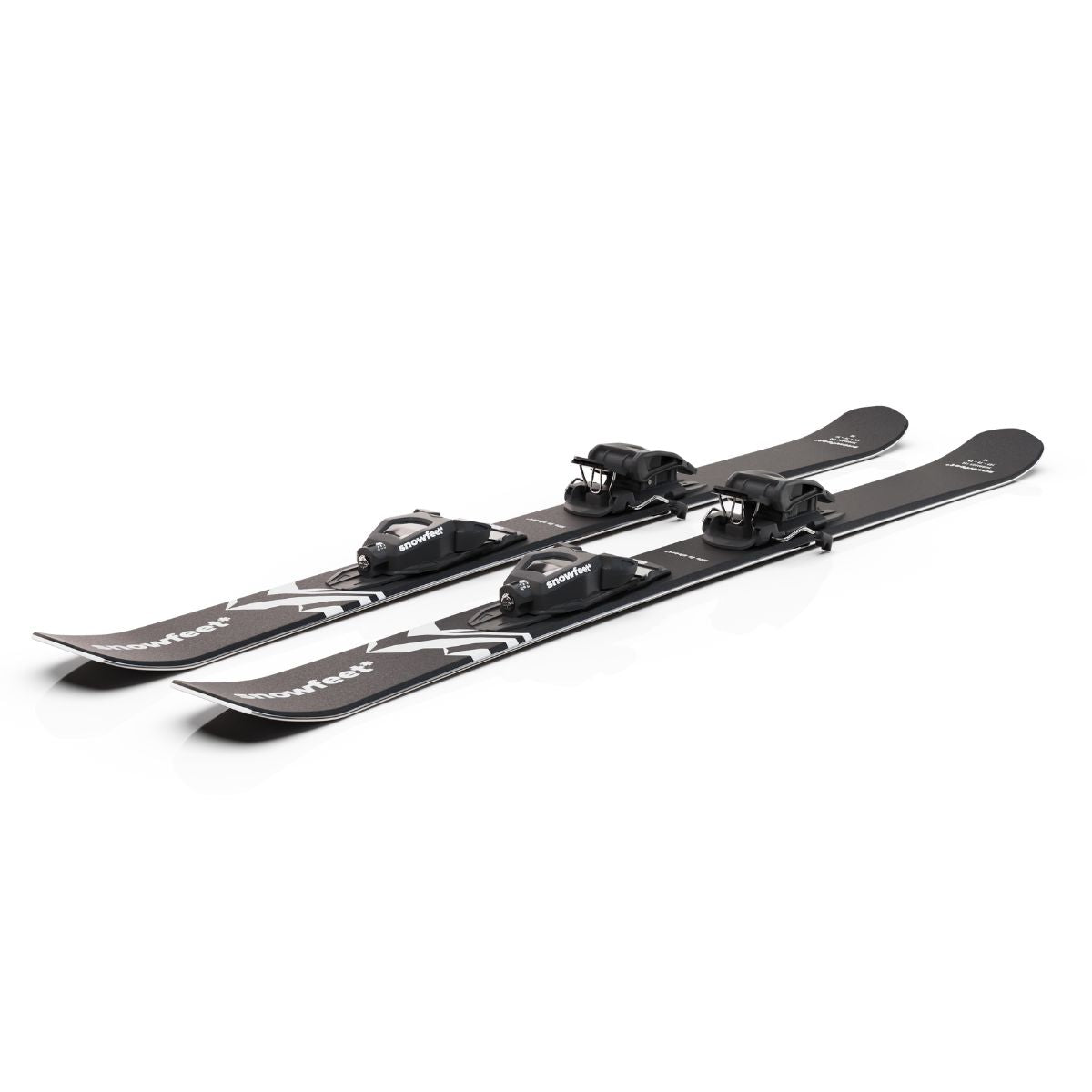
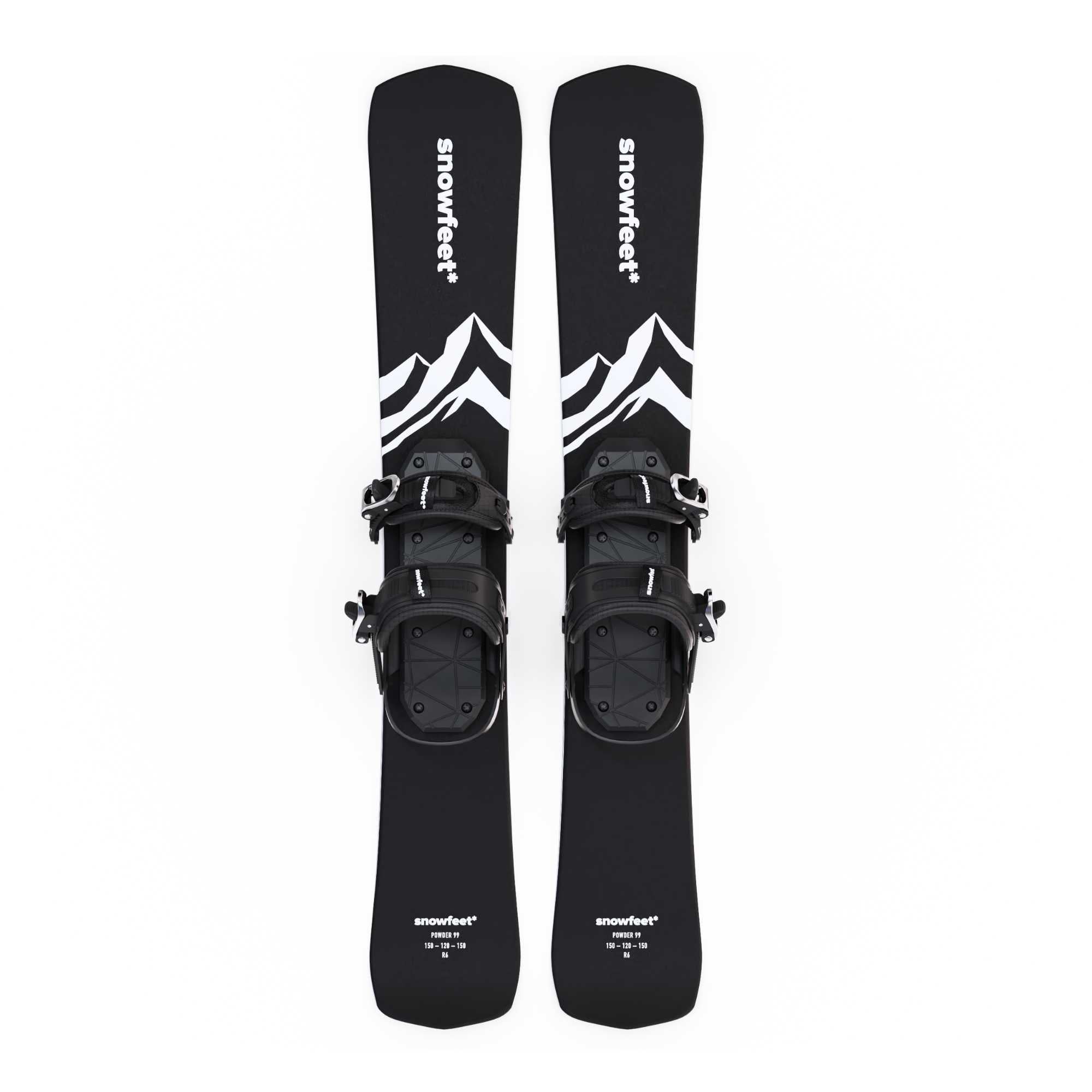
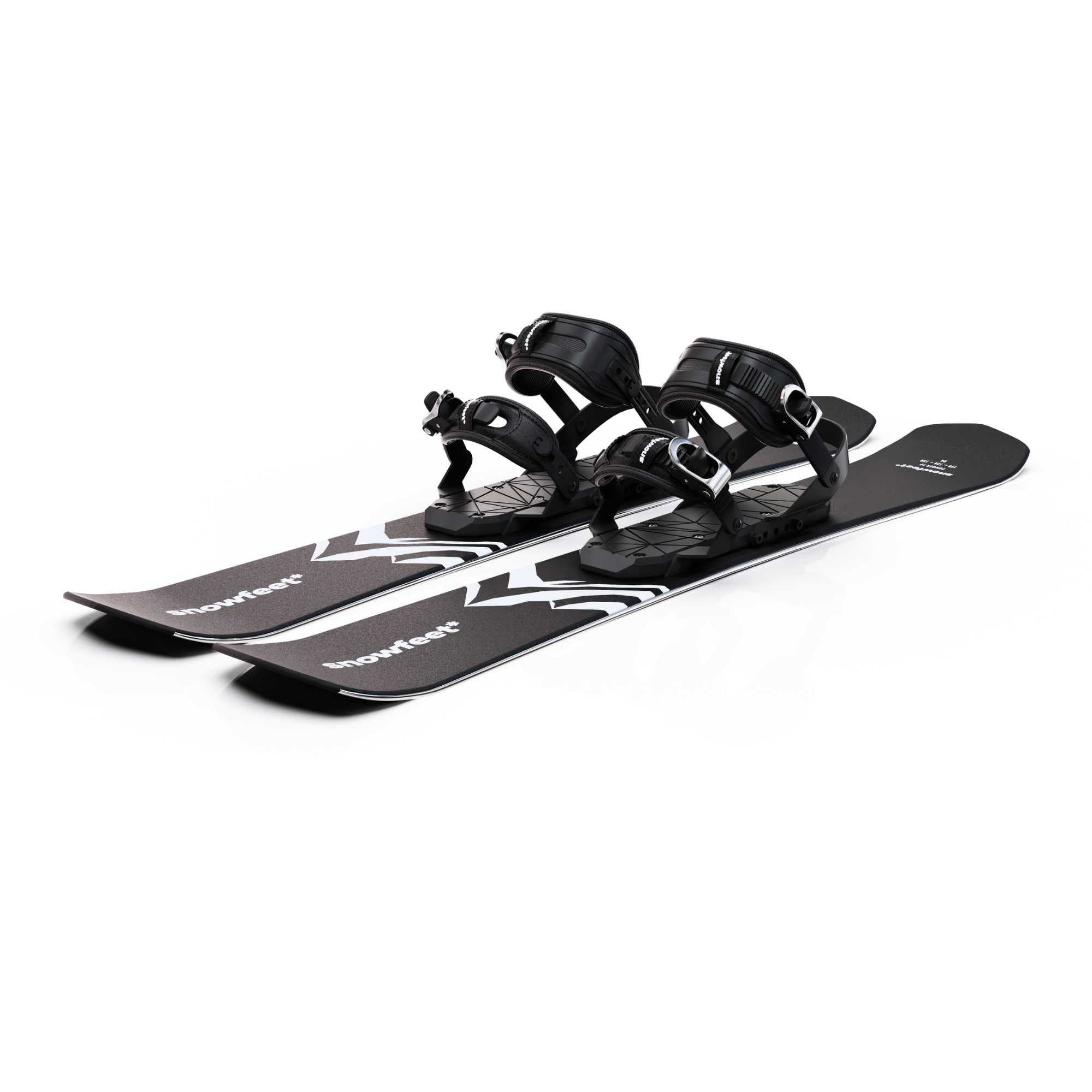
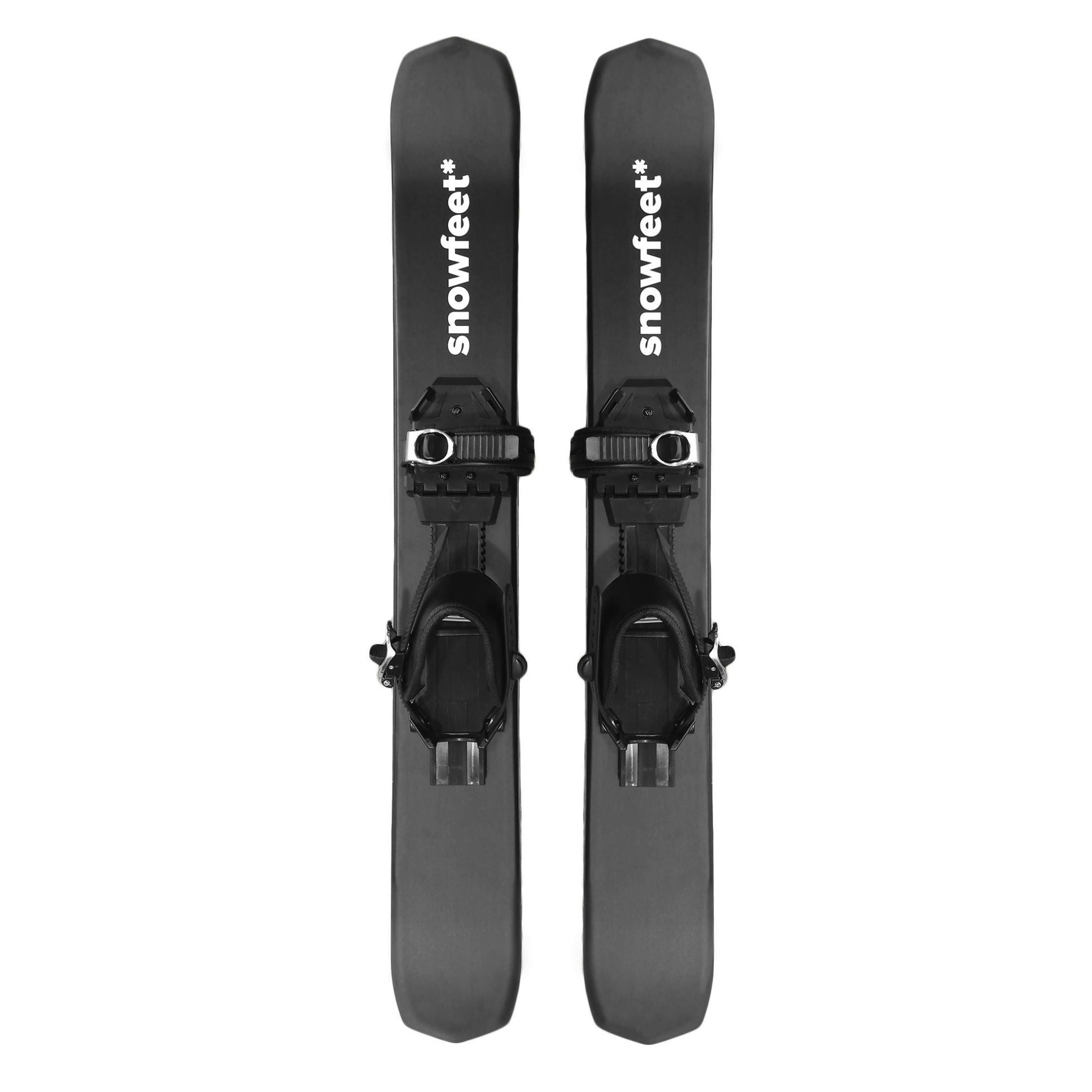
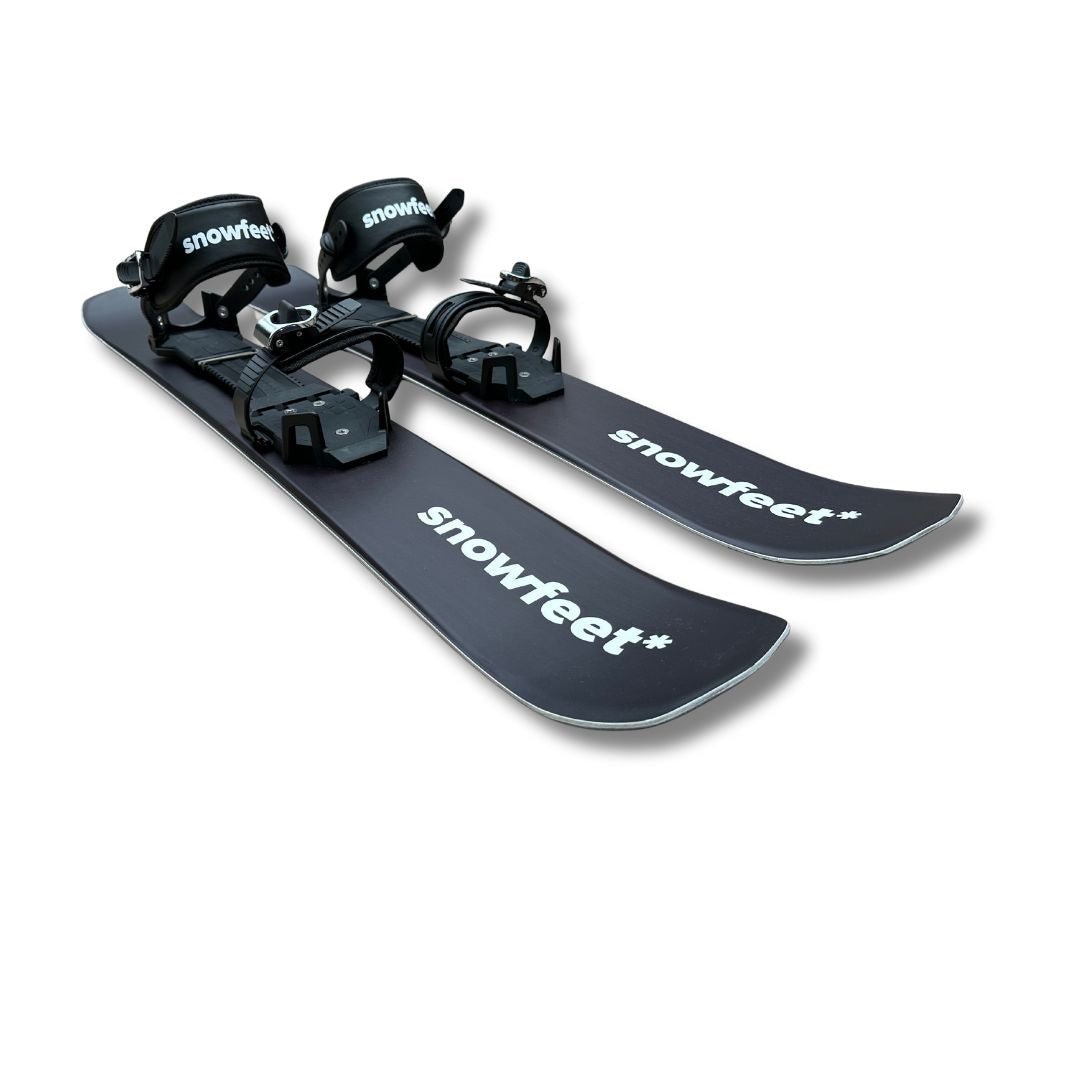
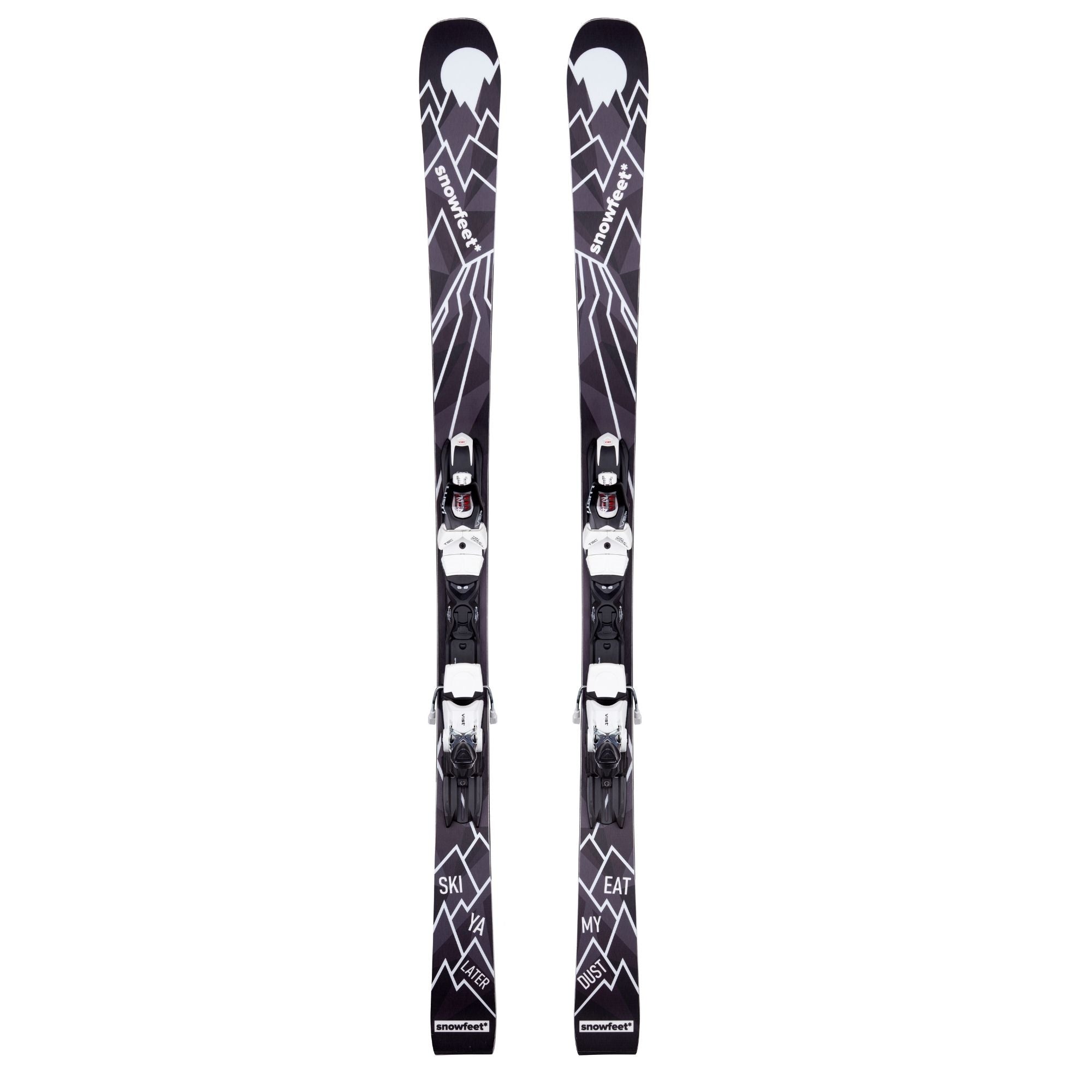
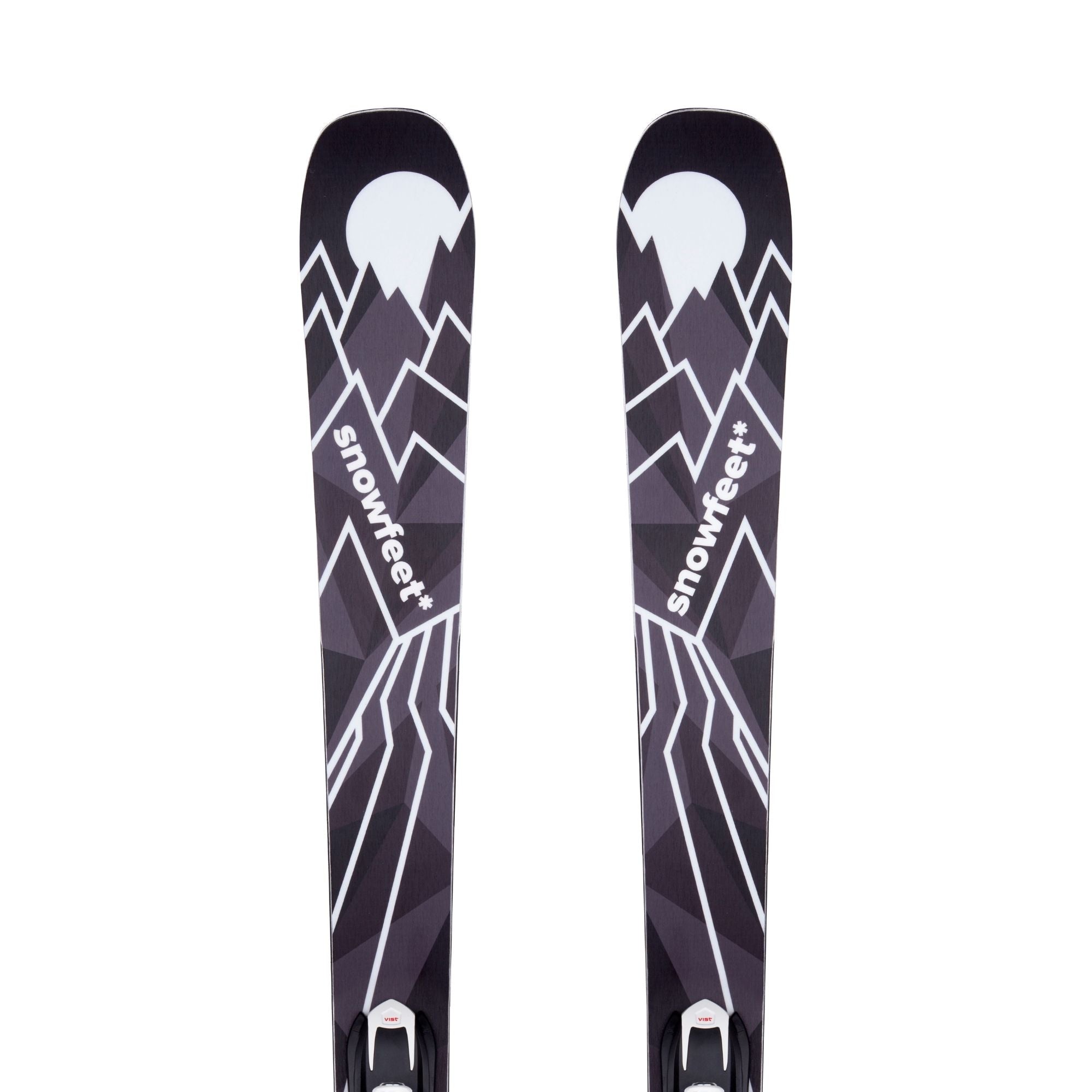
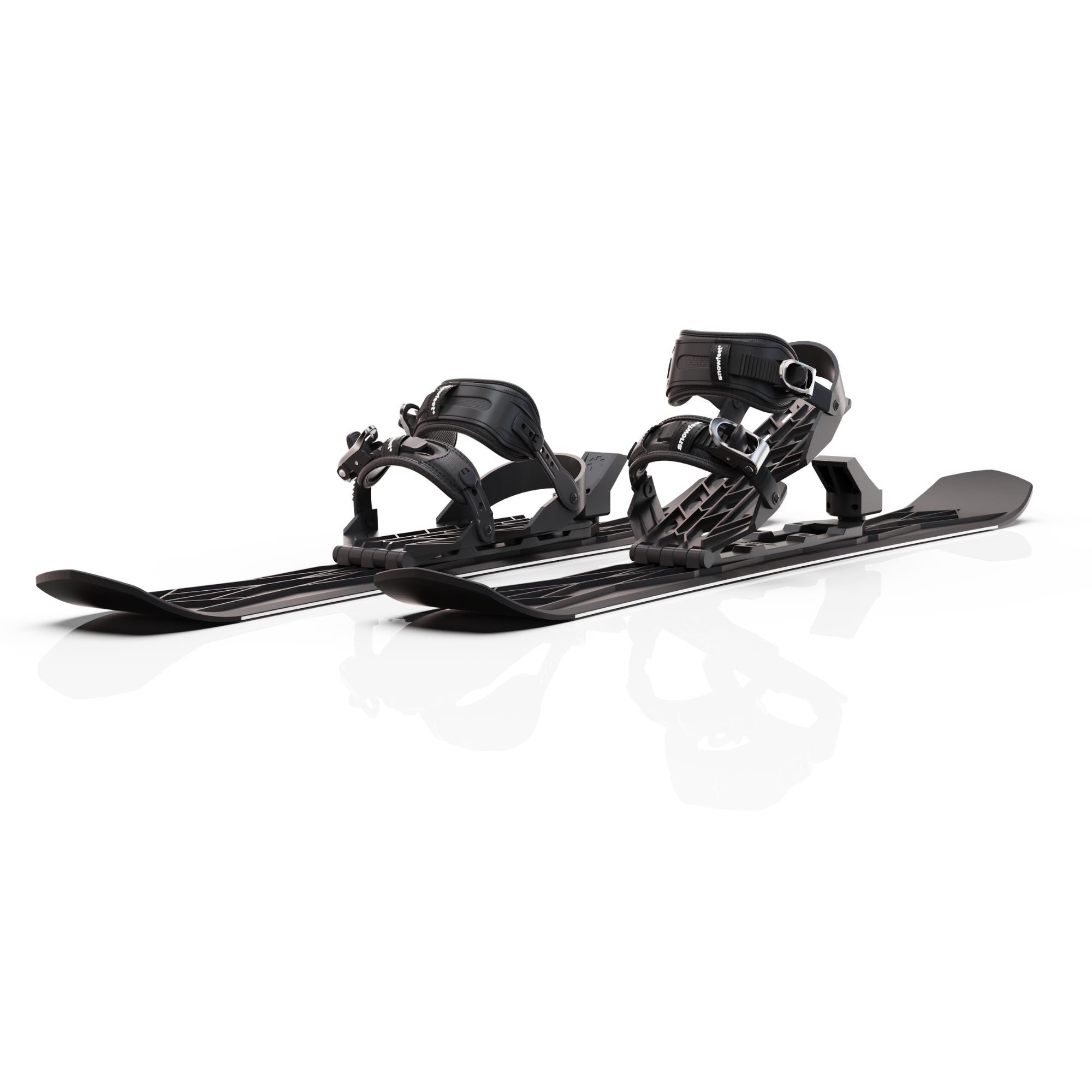

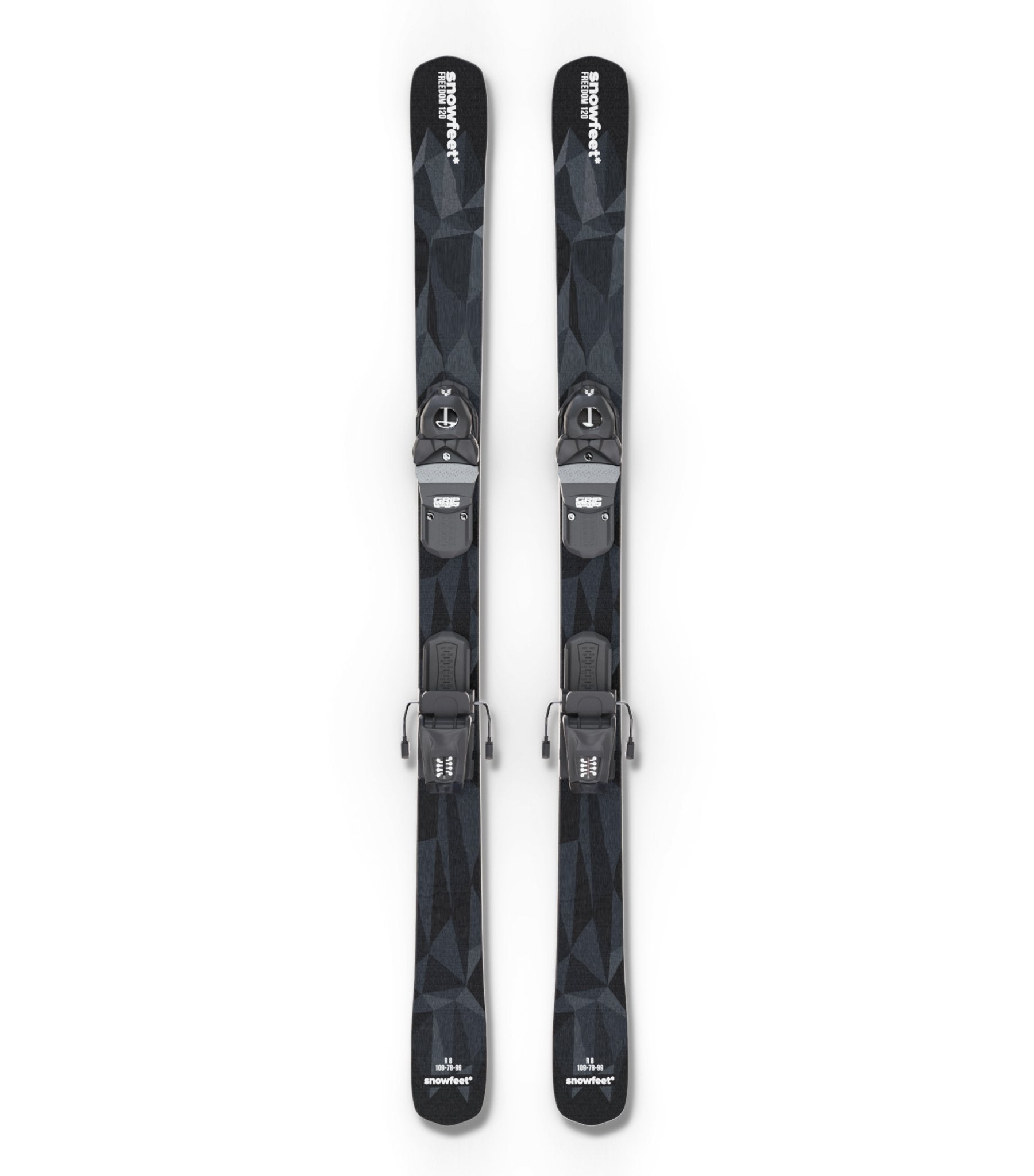
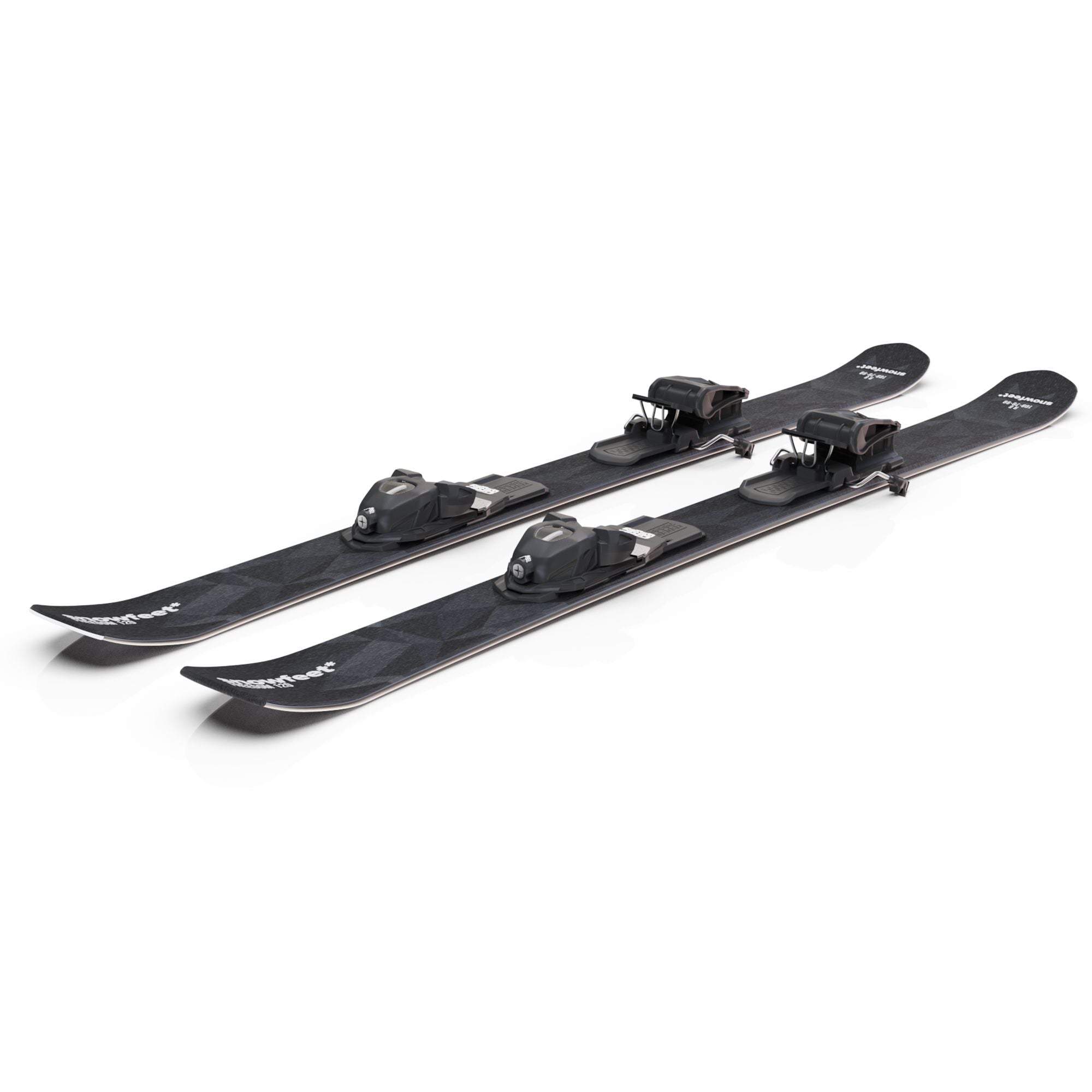
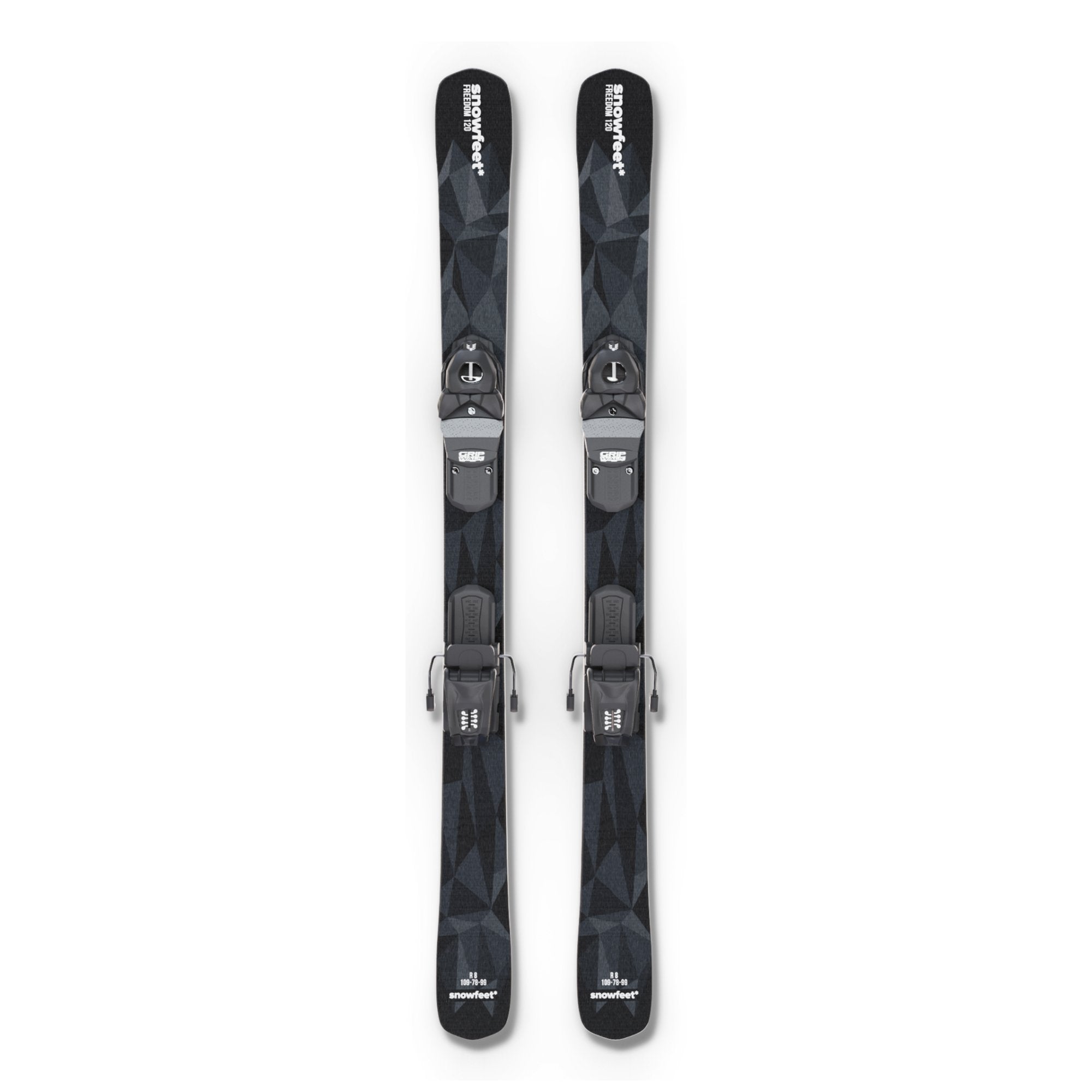
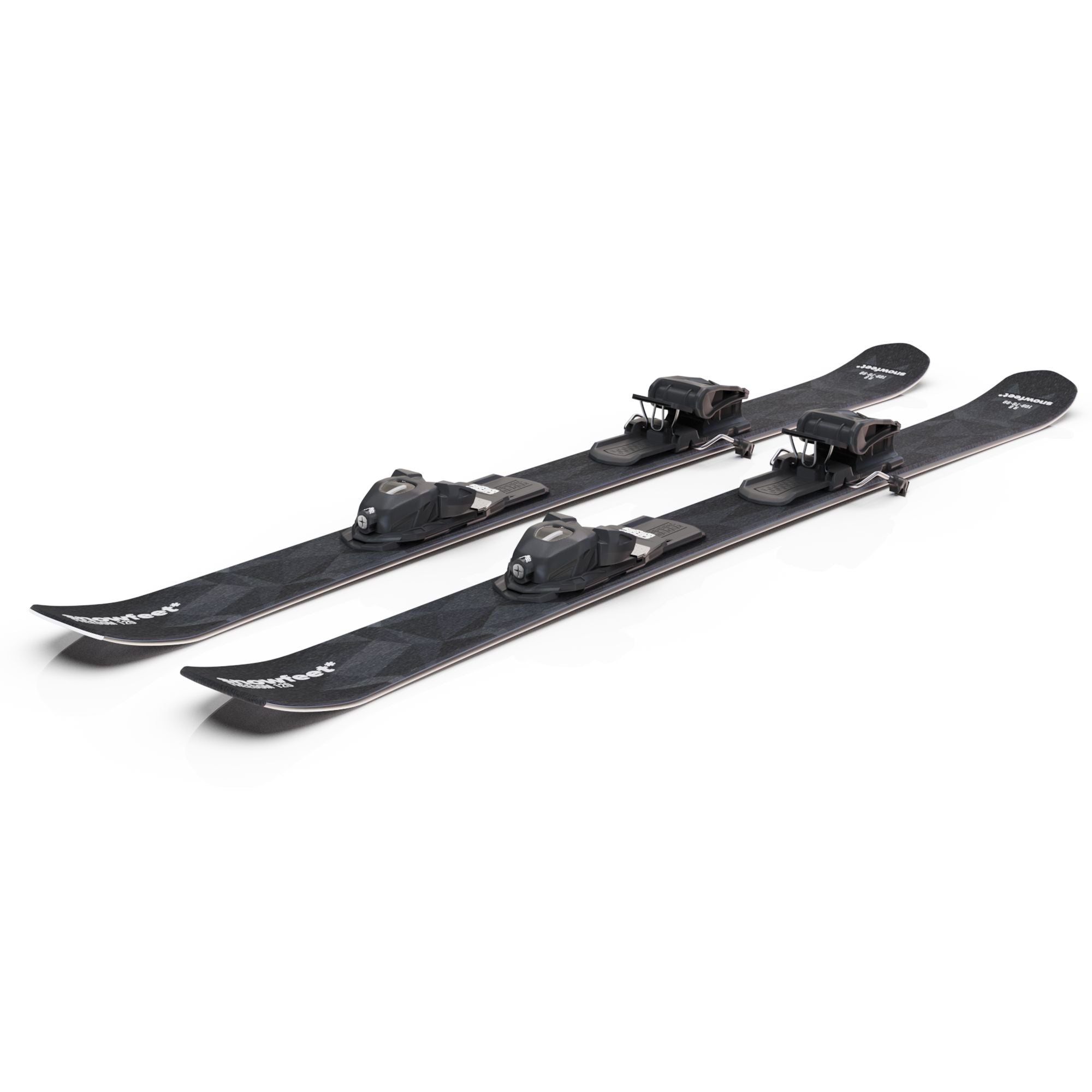
コメントを書く
このサイトはhCaptchaによって保護されており、hCaptchaプライバシーポリシーおよび利用規約が適用されます。